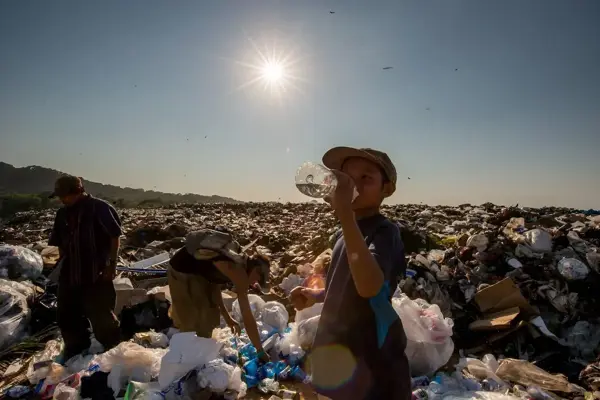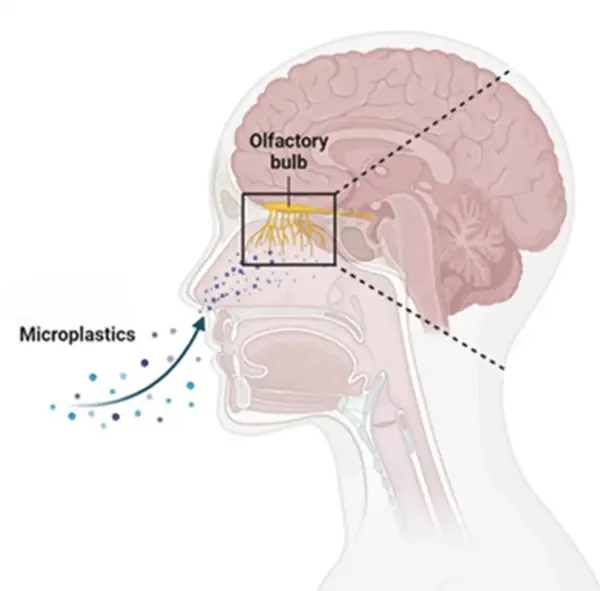Clarity at last? Innovative breakthrough in microplastics research.
In 2018, Austrian scientists found microplastics in human feces for the first time. Since then, these tiny plastic particles have also been found in blood, lungs, liver, heart, brain, placenta and even breast milk. According to recent studies, the amount of microplastics entering our bodies is growing at an alarming rate.
The scientific findings so far are alarming. A U.S. study of 250 patients linked microplastics in arteries to an increased risk of heart attacks and strokes. Another study showed that brains of people with dementia contain much higher concentrations of microplastics than healthy brains.
Laboratory studies have shown that microplastics cause inflammation, promote cancer and weaken the action of antibiotics. Yet definitive evidence is still limited, mainly because the variety of microplastics is enormous. They vary in size, shape, chemical composition and electrical charge, collecting diverse pollutants such as heavy metals and bacteria along the way.
A major obstacle is the difficult detection of these tiny particles. Until now, most methods have been labor-intensive, expensive and often not accurate enough. But there is hope. Researchers at the Medical University of Vienna have taken a revolutionary step: they developed a "laser-based method to determine the composition of microplastics without damaging their host tissue. This allows the researchers to better assess the biological effect of the microplastics, as well as allowing the tissue samples to be reused in future research. It is a 'game-changer,'" says Professor Dr. Lukas Kenner in an article in The Economist. Thanks to this technique, larger, more reliable studies can finally begin.
And those studies are badly needed. For example, 800 mother-child pairs in Belgium and Spain are now being looked at to examine the impact of microplastics during pregnancy and early childhood. In the Netherlands, studies are underway to determine whether habits such as vacuuming more often can reduce the amount of microplastics in our bodies.
One thing is clear as far as we are concerned: while scientists are doing their utmost to find out the full health impact, we are being exposed to increasing amounts of plastic every day. Waiting for incontrovertible proof is not an option - the risks are simply too great.
So sign our call now for an ambitious international plastics treaty. Together we can stop this silent health crisis. Sign here



.png)



